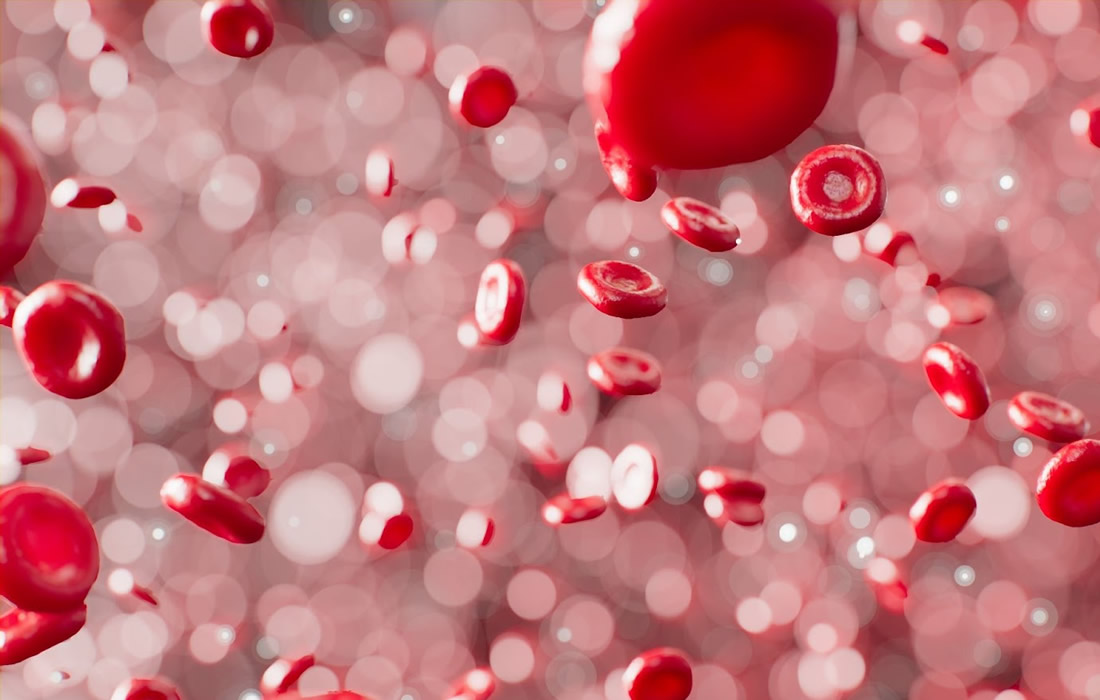Stem Cell Therapy for Specific Conditions
Stem Cell Therapy for Sickle Cell Disease
About 100,000 Americans have sickle cell disease, according to the U.S. Centers for Disease Control and Prevention. The condition, which can cause a lifetime of pain, health complications and expenses, affects one in 365 Black babies born in the U.S. and one in 16,300 Hispanic babies.
Until recently, the only treatment options have been intensive bone marrow transplants from siblings or matched donors. But other curative therapies are now on the horizon. The University of Chicago Medicine Comer Children’s Hospital was one of three sites to enroll patients in the clinical trial, which tested a stem cell gene therapy to treat sickle cell disease.
As part of the trial, researchers used CRISPR-Cas9 to edit specific genes in stem cells taken from each patient. The edits increased the cells’ production of fetal hemoglobin (HbF), a protein that can replace unhealthy, sickled hemoglobin in the blood and protect against the complications of sickle cell disease. The patients then received their own edited cells as therapeutic infusions.
The therapy was the second for this disease to use CRISPR-Cas9 technology and the first to target a new genetic area and use cryopreserved stem cells with the hope of increasing access to such a treatment.
Trial participants who received the CRISPR-edited stem cells reported a decrease in vaso-occlusive events, a painful phenomenon that occurs when sickled red blood cells accumulate and cause a blockage.
“The biggest take-home message is that there are now more potentially curative therapies for sickle cell disease than ever before that lie outside of using someone else’s stem cells, which can bring a host of other complications,” said James LaBelle, MD, PhD, senior author of the study. “Especially in the last 10 years, we’ve learned about what to do and what not to do when treating these patients. There’s been a great deal of effort towards offering patients different types of transplants with decreased toxicities, and now gene therapy rounds out the set of available treatments, so every patient with sickle cell disease can get some sort of curative therapy if needed. At UChicago Medicine, we’ve built infrastructure to support new approaches to sickle cell disease treatment and to bring additional gene therapies for other diseases.”
As the scientific community continues to refine and expand the applications of gene therapy, the potential for curative treatments for diseases like sickle cell disease is becoming more of a transformative reality. The journey is ongoing, with the need for long-term follow-up and further research, but this study provides an encouraging glimpse into a future of effective genetic interventions.
Sources:
Akshay Sharma, Jaap-Jan Boelens, Maria Cancio, Jane S. Hankins, Prafulla Bhad, Marjohn Azizy, Andrew Lewandowski, Xiaojun Zhao, Shripad Chitnis, Radhika Peddinti, Yan Zheng, Neena Kapoor, Fabio Ciceri, Timothy Maclachlan, Yi Yang, Yi Liu, Jianping Yuan, Ulrike Naumann, Vionnie W.C. Yu, Susan C. Stevenson, Serena De Vita, James L. LaBelle. CRISPR-Cas9 Editing of the HBG1 and HBG2 Promoters to Treat Sickle Cell Disease. New England Journal of Medicine, 2023; 389 (9): 820 DOI: 10.1056/NEJMoa2215643
University of Chicago Medical Center. “Promising evidence for sickle cell gene therapy.” ScienceDaily. ScienceDaily, 30 August 2023. <www.sciencedaily.com/releases/2023/08/230830195934.htm>.
Images from:
Photo by ANIRUDH
https://unsplash.com/photos/UiwUtEqROEs

